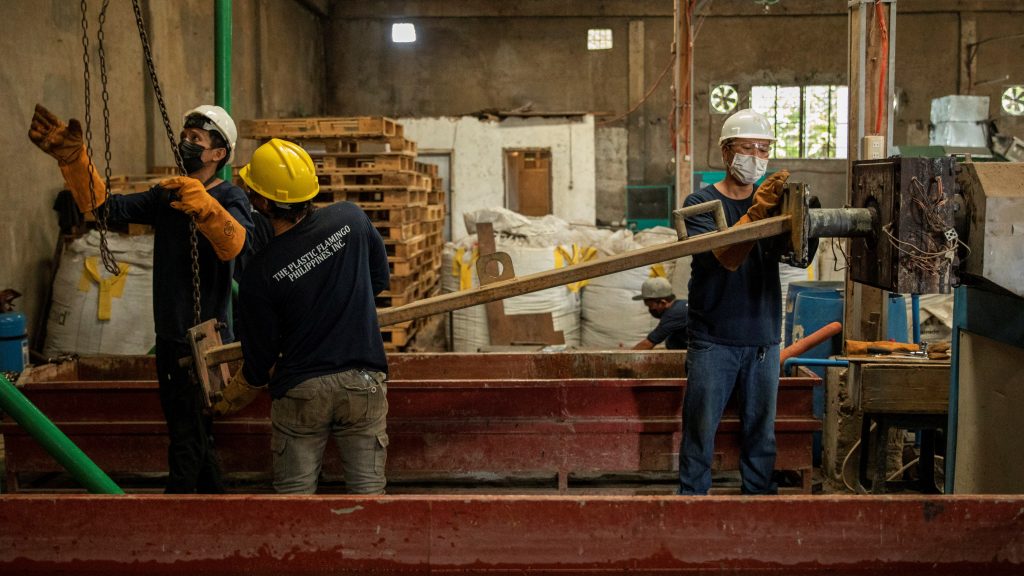
When people think about conveyor systems, they usually just imagine belts moving materials from one point to another. That’s part of it—but it’s far from the whole picture. A conveyor system isn’t just about movement. It also has to deal with wear and tear, dust, spillage, safety, and downtime. If the setup doesn’t handle those issues, it ends up causing more problems than it solves.
That’s why the best conveyor setups are designed to do more than one job. They move material, yes—but they also keep the belt clean, manage dust, protect the structure, and make maintenance easier. That’s exactly what smart operators are looking for when they invest in long-term conveyor solutions. The goal isn’t just to install a belt—it’s to create a system that keeps the site running clean, safe, and efficient day after day.
Moving Material Isn’t the Only Job
In a busy site—whether it’s mining, quarrying, or any kind of heavy industry—material has to move fast and smoothly. If it doesn’t, everything slows down. But simply getting material from one point to another isn’t enough. The system also has to keep that material on the belt. That’s harder than it sounds.
Material that falls off causes mess, delays, and safety risks. It can get under the belt, jam rollers, or pile up under the system. That leads to cleanup jobs, possible shutdowns, or even damage to the belt.
The best conveyor setups solve this with proper skirting, belt tracking systems, and transfer point sealing. These tools stop materials from spilling out in the first place and help everything stay where it should.
Belt Cleaning Isn’t Optional
Every time a belt runs, small particles stick to it. If those aren’t removed, they carry through the return side, fall under the system, or get stuck in the rollers. Over time, that causes wear, misalignment, and early belt damage.
That’s why belt scrapers and cleaners are key parts of a real conveyor setup. They keep the belt surface clean so it runs better and lasts longer. Good scrapers also reduce material buildup underneath, which means less time spent cleaning and fewer stoppages.
Some setups only have a basic scraper—or none at all—and it shows. There’s usually a buildup under the return side and more dust in the air. Proper belt cleaning makes a massive difference, not just in performance but in how much maintenance is needed.
Dust Isn’t Just Annoying—It’s a Hazard
One of the biggest problems on heavy industrial sites is airborne dust. It doesn’t just make everything dirty—it’s a health risk for workers, especially in enclosed areas. It also settles into equipment, causes clogs, and leads to downtime for cleaning.
Well-designed conveyor systems deal with this by using covers, dust suppression sprays, and proper sealing at transfer points. When dust is controlled at the source, everything else runs smoother. The air stays cleaner, visibility is better, and the equipment stays in better shape.
That’s why dust control isn’t just an extra—it’s part of a complete conveyor solution. It helps protect people, gear, and the quality of the material being moved.
Downtime Isn’t Always About Breakdowns
Sometimes conveyor systems stop not because something broke, but because something was overlooked. A small alignment issue, a clogged chute, or a worn-out scraper blade can all bring things to a halt. And even if it’s just for an hour, that adds up to lost output and extra cost.
The best conveyor setups are built to reduce unplanned downtime. That means using parts that last longer, layouts that are easier to inspect, and systems that are easy to maintain. Modular parts that can be swapped fast also help, so problems don’t sit around waiting for a fix.
Planning for maintenance is just as important as planning for performance. The smartest conveyor setups make both easier.
Safety Is Built In, Not Bolted On
One of the most important parts of any conveyor system is safety. People working near conveyors need to know the system won’t catch clothing, pinch fingers, or release materials unexpectedly. That means guarding, emergency stops, and clear sightlines are all part of the setup.
But it also means reducing the risks that come from bad designs, like sharp corners, exposed rollers, or awkward spaces where workers might need to reach. Good conveyor systems are designed with maintenance in mind so that workers don’t have to climb over moving parts or work in tight, dangerous spots.
It’s not just about following rules. It’s about keeping people safe while they do their jobs.
A Good Setup Saves Time and Money
The best conveyor systems might cost more upfront, but they pay for themselves over time. Fewer shutdowns, less cleanup, and longer-lasting parts all add up. When the system runs well and doesn’t need constant attention, the whole site benefits.
That’s why complete conveyor solutions are smarter than just ordering a belt and frame. The support systems—like scrapers, skirting, dust control, and tracking—are what keep the belt working over the long term. They handle the everyday problems so workers can focus on the bigger picture.
A system that runs cleanly and safely is always worth more than one that needs fixing every week.
Why It All Comes Down to Planning
A conveyor isn’t just one piece of equipment. It’s a whole system, and every part has a job to do. If just one part is missing or not working properly, the rest of the system pays for it. That’s why the best conveyor setups are the ones where everything’s been thought through—from where the belt runs to how it’s cleaned and how it’s maintained.
Complete conveyor solutions don’t just move material—they protect equipment, save time, and reduce stress on workers. And on a busy industrial site, that kind of system is the one that makes the most sense, every time.
The best conveyor setups aren’t just about moving material. They solve multiple problems at once—cleaning, safety, downtime, and maintenance. That’s what keeps everything running the way it should, day after day.